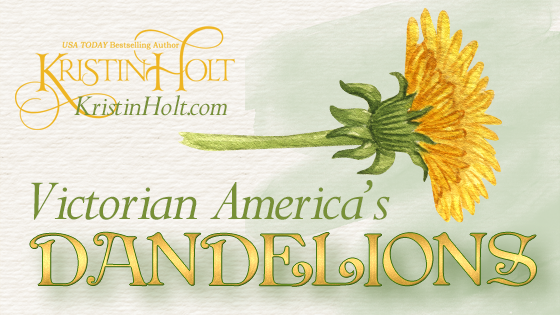
by Kristin Holt | May 31, 2022 | Articles
Dandelions were so much more than weeds to our Victorian ancestors. Not only were the tender plants sought for springtime vegetables and salads, but for tea, coffee, wine, beer, and prominent medicinal value. 19th century cook books and newspapers share the Victorian-American viewpoint on the value of dandelions from blossom to root. Recipes for edibles and curatives, advertisements, and more!
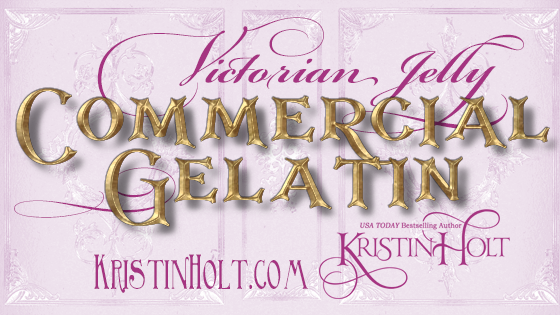
by Kristin Holt | May 28, 2022 | Articles
Credit goes to a Victorian-era inventor for out-of-a-box gelatin. What an amazing labor-saving invention! Until now, wives and daughters everywhere had been making gelatin out of pigs feet and a good deal of elbow grease.
How did nineteenth century scientists manage to capture the essence of gelatin and put it in a box? And how much did it cost?
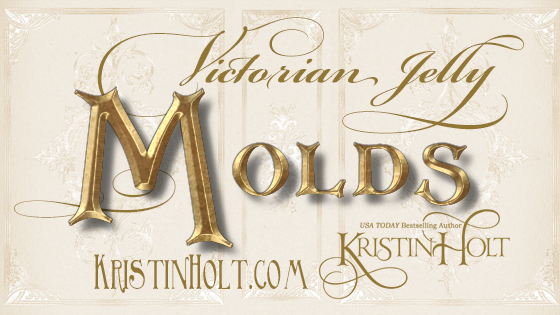
by Kristin Holt | Jun 19, 2021 | Articles
Fancy jellies graced 19th century tables, molded in dishes made of tin, zinc, copper, and various ceramics. Photographs of antiques, together with vintage advertisements, illustrate this Victorian kitchen staple.
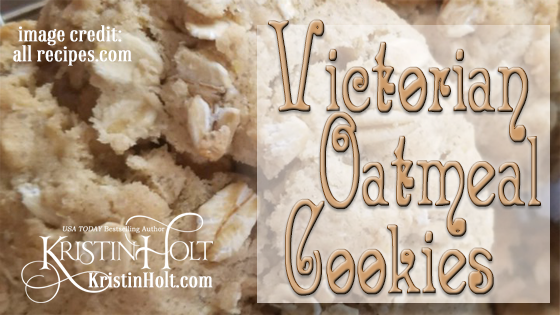
by Kristin Holt | Apr 30, 2019 | Articles
Today, April 30, is Oatmeal Cookie Day!
Who knew?! “Everyone” online claims Fannie Merritt Farmer’s oatmeal cookie recipe (1896) to be the FIRST published (FALSE!)… but I found fourteen Victorian-American recipes in vintage cook books and newspapers beginning in 1883. How did history (mistakenly) favor Fannie?
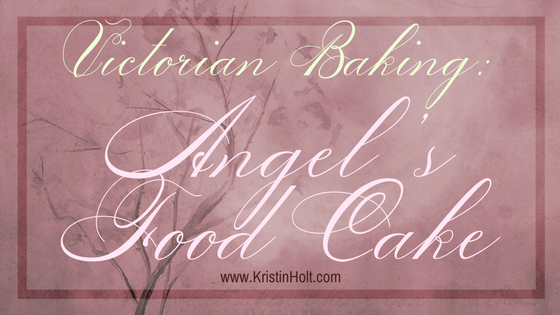
by Kristin Holt | Jan 30, 2018 | Articles
The story behind the invention (development?) of Angel Food Cake is a bit shrouded in tales of “Me, First!” Vintage newspaper advertisements show Angel Food Cake for sale in bakeries by 1878, and in cookbooks for home bakers that same year. One of the origin stories made it into a vintage cookbook (“cook book”), along with minor variations on the fluffy, snow-white theme. No matter how the dessert began, the popularity took off among Victorian bakers and remained popular through the Edwardian and Progressive Era. One peek at Pinterest vouches that this brightly white cake is still popular (even when pink).













